In today's rapidly advancing technological landscape, choosing the perfect LCD (Liquid Crystal Display) for your needs can be a daunting task. With a multitude of brands, sizes, and features available, making an informed decision is crucial. In this comprehensive guide, we'll delve into the essential factors you should consider
when buying an LCD. Whether you're searching for a new TV, computer monitor, or display for another purpose, our expert insights will empower you to make the right choice.
Understanding LCD Technology
Before we dive into the key factors to consider, let's start with a fundamental understanding of LCD technology. LCDs work by manipulating liquid crystals to control the passage of light, producing images or text on the screen. This technology forms the foundation for various types of displays, including those found in televisions, computer monitors, and mobile devices.
Ⅰ. Types of LCD Panels
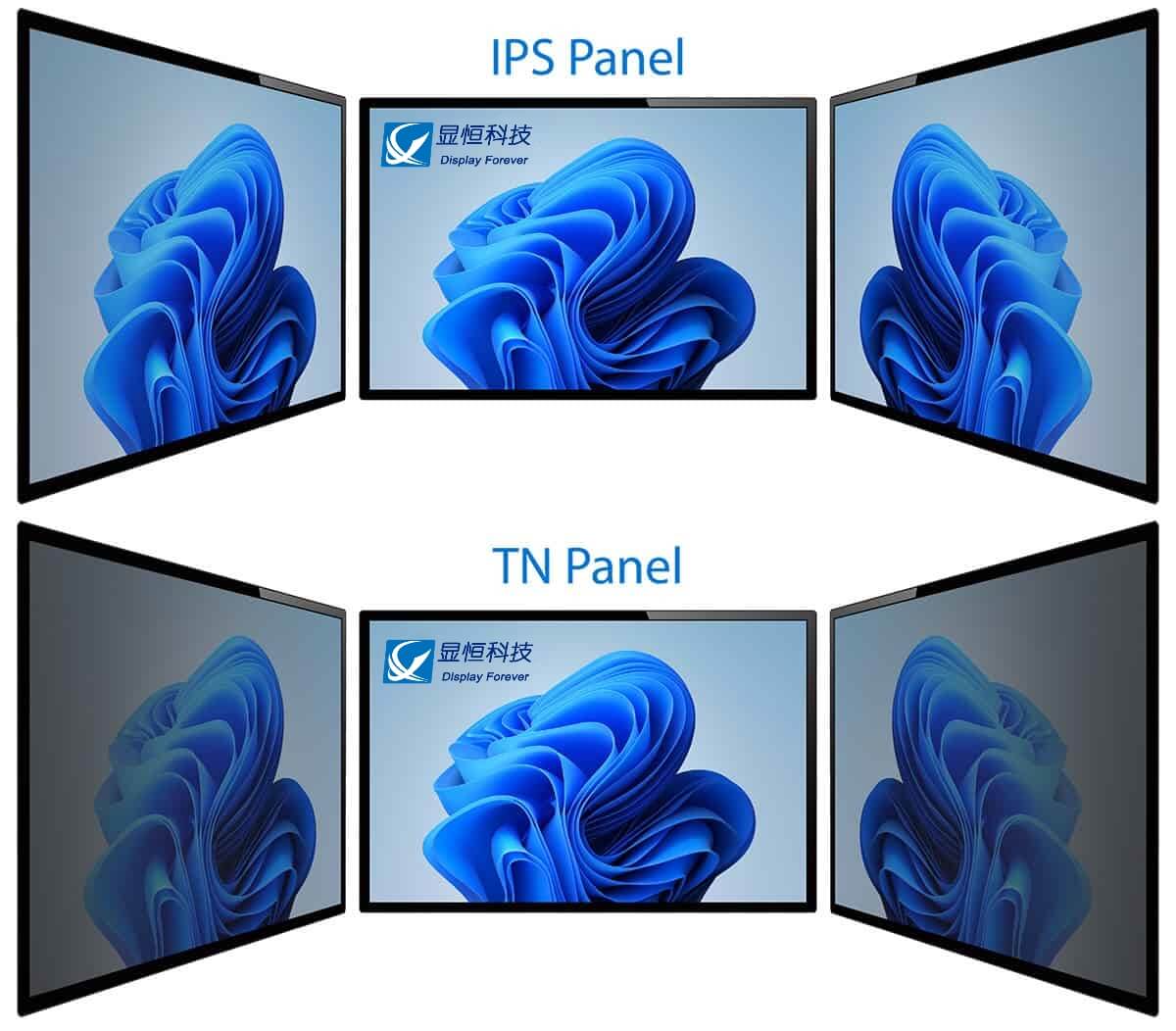
LCDs come in different panel types, each with its own advantages and disadvantages. The main types are:
1. IPS (In-Plane Switching) Panels
Color Accuracy: IPS panels are renowned for their exceptional color accuracy and consistency. They produce vibrant and true-to-life colors, making them ideal for tasks like photo editing and graphic design.
Wide Viewing Angles: One of the standout features of IPS panels is their wide viewing angles. This means that the colors and image quality remain consistent, even when viewed from different angles. This is particularly important for larger displays and for sharing content with others.
Slower Response Times: While IPS panels offer excellent image quality, they tend to have slightly slower response times compared to TN panels, making them less suitable for fast-paced gaming.
Best Use Cases:
Graphic Design and Content Creation: The accurate color reproduction and wide viewing angles make IPS panels a top choice for professionals who rely on precise color representation.
Multimedia Enjoyment: IPS displays provide an immersive and visually pleasing experience when watching movies or playing casual games.
2. TN (Twisted Nematic) Panels
Fast Response Times: TN panels excel in terms of response times, which means they can display fast-moving images without significant motion blur. This makes them a preferred choice for competitive gaming.
Affordability: TN displays are often more budget-friendly compared to IPS and VA panels, making them a popular choice for those looking for cost-effective options.
Narrow Viewing Angles: The Achilles' heel of TN panels is their limited viewing angles. Colors and image quality can shift when viewed from the side, which might not be suitable for group viewing.
Best Use Cases:
Gaming: If you're a serious gamer and prioritize response times above all else, a TN panel can provide the edge you need in fast-paced games.
Budget-Friendly Options: TN panels are an excellent choice for those on a tight budget who still want decent image quality.
3. VA (Vertical Alignment) Panels
Good Contrast Ratios: VA panels strike a balance between IPS and TN panels by offering respectable contrast ratios. This means they can display deep blacks and bright whites, enhancing overall image quality.
Decent Response Times: While not as fast as TN panels, VA panels offer reasonable response times, making them suitable for most gaming scenarios.
Moderate Viewing Angles: VA panels offer better viewing angles compared to TN panels, though not as wide as IPS displays. This makes them a decent choice for group viewing.
Best Use Cases:
Mixed Usage: VA panels are versatile and work well for a variety of purposes, from gaming and movie-watching to general productivity tasks.
Enhanced Image Quality: If you prioritize image quality and contrast but don't require the precision of an IPS panel, VA can be a great choice.
Ⅱ. Resolution Matters
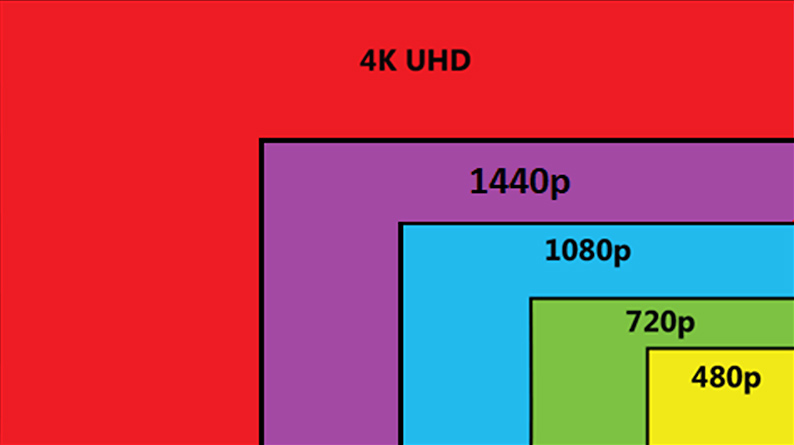
The resolution of an LCD refers to the number of pixels it can display horizontally and vertically. Higher resolution results in sharper and more detailed images. When choosing an LCD, consider the following:
1. Full HD (1920x1080) Resolution
1920x1080 Pixels: Full HD, often referred to as 1080p, offers a resolution of 1920 pixels horizontally by 1080 pixels vertically, resulting in a total of 2,073,600 pixels on the screen.
Clarity for Everyday Use: Full HD provides crisp and clear visuals, making it suitable for a wide range of applications, from web browsing and office work to watching movies and playing games.
Budget-Friendly: Full HD displays are typically more budget-friendly compared to higher-resolution options, making them an excellent choice for those looking for cost-effective displays.
Standard for Most Content: Many TV broadcasts, streaming services, and gaming consoles are optimized for Full HD, ensuring compatibility and a smooth viewing experience.
Best Use Cases:
Everyday Computing: Full HD is perfect for everyday tasks such as email, web browsing, word processing, and general computer use.
Casual Gaming and Entertainment: Gamers and movie enthusiasts can enjoy a satisfying experience with Full HD displays that offer good image quality without breaking the bank.
2. 2K (Quad HD, 2560x1440) Resolution
2560x1440 Pixels: 2K, also known as Quad HD (QHD), offers a substantial increase in pixel count compared to Full HD. It features 2560 pixels horizontally by 1440 pixels vertically, totaling 3,686,400 pixels on the screen.
Enhanced Detail: 2K displays provide enhanced clarity, sharper text, and more detailed visuals compared to Full HD. This is especially advantageous for tasks that require precise image quality, such as photo editing and content creation.
Balanced Option: 2K strikes a balance between Full HD and 4K, offering improved image quality without the significant cost associated with 4K displays.
Great for Productivity: The additional screen real estate provided by 2K displays is ideal for multitasking, making them a popular choice among professionals and creative individuals.
Best Use Cases:
Productivity: 2K displays excel in productivity tasks, where the added resolution allows you to work with multiple windows or applications simultaneously.
Content Creation: Graphic designers, video editors, and content creators benefit from the increased detail and color accuracy of 2K displays.
Gaming: Gamers who want a balance between performance and visual fidelity may find 2K displays to be a sweet spot, offering a high-quality gaming experience without the demands of 4K.
3. 4K (3840x2160) Resolution
3840x2160 Pixels: 4K, also known as Ultra HD (UHD), offers an exceptional level of detail with 3840 pixels horizontally by 2160 pixels vertically, totaling a staggering 8,294,400 pixels on the screen.
Unparalleled Detail: 4K displays provide unparalleled clarity, sharpness, and detail, making them the go-to choice for professionals working with high-resolution content.
Immersive Entertainment: For gaming and cinematic experiences, 4K offers stunning visuals and vivid colors, resulting in an immersive viewing experience.
Content Creation: 4K is a necessity for professionals involved in high-resolution video editing, 3D rendering, and other tasks that demand precision and clarity.
Best Use Cases:
Professional Work: If you're a content creator, photographer, video editor, or 3D artist, a 4K display is essential for precise work with high-resolution content.
Immersive Gaming and Home Theater: Gamers and home theater enthusiasts seeking the highest level of visual fidelity and immersion will appreciate the stunning visuals provided by 4K displays.
Choosing the Right Resolution
The choice between Full HD, 2K, and 4K resolutions depends on your specific needs, budget, and intended use:
Full HD: Opt for Full HD if you're on a budget, use your display for everyday tasks, casual gaming, and general entertainment, or if you're content with a standard viewing experience.
2K (Quad HD): Choose 2K if you want enhanced clarity and are involved in productivity tasks, content creation, or gaming that benefits from improved image quality without the high cost of 4K.
4K (Ultra HD): Go for 4K if you demand the best in visual quality, work with high-resolution content professionally, or want to experience immersive gaming and cinematic entertainment at its finest.
Ⅲ. Size and Screen Real Estate

Selecting the right screen size is crucial to your viewing or working experience. Consider the following factors:
Screen Size and Space
Physical Space: Measure the available space where the LCD will be placed.
Intended Use: Larger screens are great for immersive entertainment, while smaller ones are practical for productivity tasks.
Ⅳ. Refresh Rate and Response Time
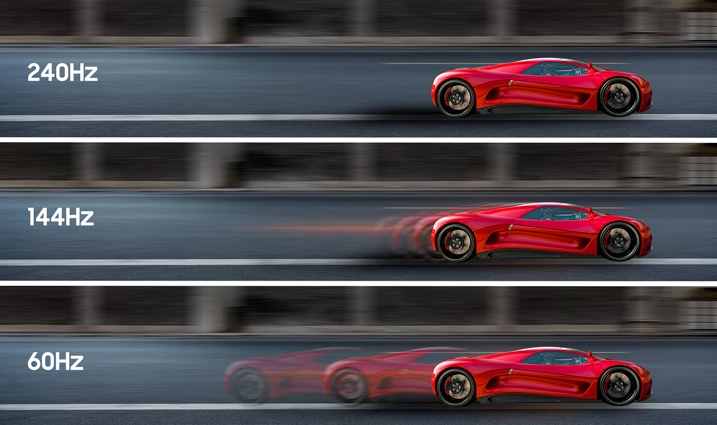
The refresh rate and response time are vital for gamers and those who require smooth, lag-free visuals:
1. Refresh Rate
60Hz: Standard for most LCDs, suitable for everyday use.
120Hz or Higher: Ideal for gamers, providing smoother motion and reduced motion blur.
2. Response Time
Lower Response Time: Reduces motion blur in fast-paced games.
Higher Response Time: Suitable for standard applications but may not be ideal for gaming.
Ⅴ. Connectivity and Ports
Consider the types and number of ports your LCD offers, ensuring compatibility with your devices:
Common Ports
1. HDMI: Essential for connecting gaming consoles, Blu-ray players, and laptops.
2. DisplayPort: Preferred for high-resolution displays and gaming.
3. USB Ports: Convenient for connecting peripherals and charging devices.
Ⅵ. Panel Brightness and Viewing Angles
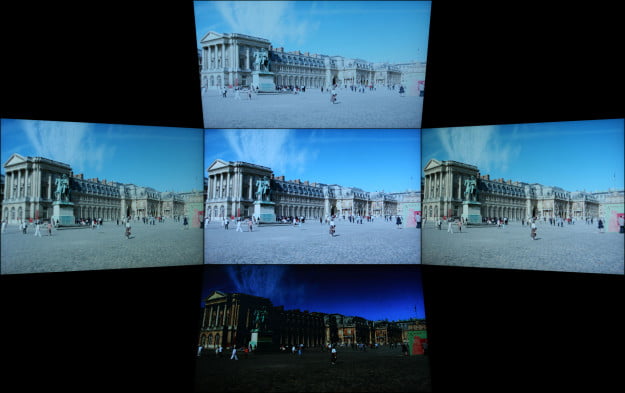
Panel brightness affects visibility in various lighting conditions, while viewing angles determine how well you can see the screen from different positions:
1. Brightness and Nits
What are Nits: Nits measure the brightness of a display in candela per square meter (cd/m²).
Higher Nits Brightness
A display with higher nits produces more light, resulting in a brighter screen.
Vividness in Sunlight: LCDs with higher nits (typically above 300 nits) excel in well-lit environments, such as outdoors or brightly lit rooms. They maintain clear visibility even in direct sunlight.
Enhanced Image Quality: Higher nits not only improve visibility but also enhance image quality by making colors appear more vibrant and lifelike.
HDR Content: Displays with higher nits are better equipped to showcase High Dynamic Range (HDR) content, where brightness and contrast play a crucial role in delivering stunning visuals.
Best Use Cases:
Outdoor Use: If you intend to use your LCD outdoors or in environments with abundant natural light, a display with higher nits is essential for maintaining visibility.
HDR Content: For an optimal HDR viewing experience, displays with higher nits provide the necessary brightness and contrast to bring out the details in HDR movies and games.
Lower Nits Brightness
Standard Brightness: LCDs with lower nits (usually below 300 nits) are suitable for most indoor environments with controlled lighting conditions.
Energy Efficiency: Displays with lower nits tend to consume less power than their higher-nits counterparts, which can result in longer battery life for laptops and mobile devices.
Comfortable Viewing: In dimly lit rooms or during evening use, LCDs with lower nits can provide a more comfortable viewing experience, as excessively bright screens can strain the eyes.
Best Use Cases:
General Indoor Use: LCDs with lower nits are well-suited for general indoor tasks such as web browsing, word processing, and video streaming in typical lighting conditions.
Extended Battery Life: Laptops and mobile devices with lower-nits displays are ideal for users who prioritize extended battery life and portability over exceptionally bright screens.
Choosing the Right Brightness
Selecting the appropriate brightness level for your LCD depends on your specific needs and usage scenarios:
Higher Nits: Choose a display with higher nits if you plan to use your LCD in outdoor settings, brightly lit rooms, or if you want to enjoy HDR content with optimal brightness and vividness.
Lower Nits: Opt for a display with lower nits if your primary usage is indoors, in environments with controlled lighting, or if you value energy efficiency and a more subdued screen brightness for comfortable viewing.
2. Viewing Angles
When choosing an LCD (Liquid Crystal Display), it's essential to consider the viewing angles it offers. Viewing angles determine how well you can see the screen's content from different positions and angles. In this comprehensive guide, we'll explore the differences between LCDs with wide viewing angles and narrow viewing angles to help you make an informed decision when selecting a display.
Wide Viewing Angles
Broad Range: LCDs with wide viewing angles provide a generous range of visibility, allowing viewers to see the screen clearly from various positions and angles, both horizontally and vertically.
Consistent Color and Contrast: Wide viewing angles maintain consistent color accuracy and contrast levels, ensuring that the displayed content looks the same, regardless of where you're sitting or standing.
Ideal for Group Viewing: Displays with wide viewing angles are excellent for scenarios where multiple people need to view the screen simultaneously, such as during presentations, movie nights, or collaborative work.
Best Use Cases:
Multimedia and Entertainment: Wide viewing angles enhance the viewing experience for movies, TV shows, and gaming, making them ideal for home theaters and gaming setups.
Collaborative Work: Professionals who require group discussions or presentations can benefit from displays with wide viewing angles to ensure everyone in the room has a clear view of the content.
Narrow Viewing Angles
Limited Range: LCDs with narrow viewing angles restrict the optimal viewing area, making it essential to view the screen head-on. When viewed from extreme angles, the image may suffer from color distortion and reduced image quality.
Individual Focus: Displays with narrow viewing angles are best suited for individual use, where the primary viewer can position themselves directly in front of the screen for the best experience.
Privacy Benefits: In some cases, narrow viewing angles can provide a level of privacy, as it becomes more challenging for nearby individuals to see what's on your screen unless they are directly in front of it.
Best Use Cases:
Personal Computing: LCDs with narrow viewing angles are suitable for personal computer setups, where the primary user sits directly in front of the screen.
Privacy Concerns: In shared workspaces or public settings, displays with narrow viewing angles can help protect sensitive or confidential information from prying eyes.
Choosing the Right Viewing Angles
Selecting the appropriate viewing angles for your LCD depends on your specific needs and usage scenarios:
Wide Viewing Angles: Choose an LCD with wide viewing angles if you intend to use it for group activities, multimedia entertainment, or collaborative work where multiple viewers need a clear view of the content from various positions.
Narrow Viewing Angles: Opt for an LCD with narrow viewing angles if your usage primarily involves personal computing, and you prefer a more focused viewing experience. Additionally, if you value privacy in shared spaces, narrow viewing angles can be advantageous.
It's essential to consider your typical usage and the viewing conditions in which your LCD will be placed to ensure that the chosen viewing angle type enhances your overall experience.
Ⅶ. Price and Budget Considerations
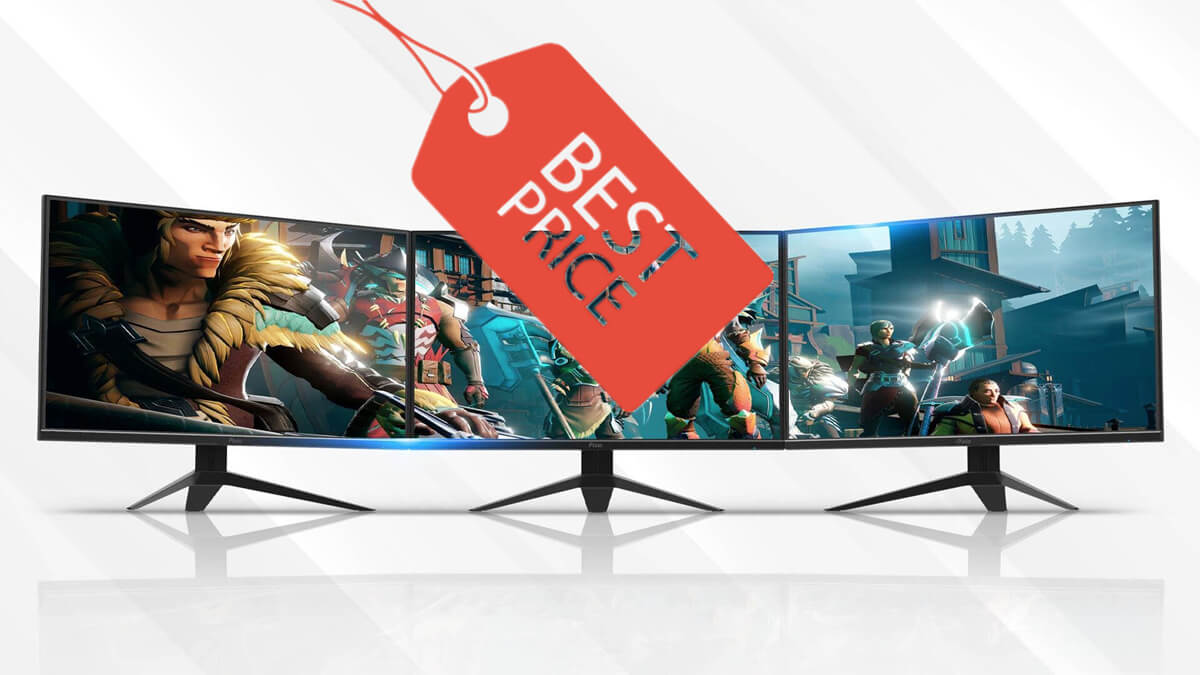
Budget constraints are a significant factor for most buyers. While LCDs come in various price ranges, consider the long-term value:
Value for Money
Quality Over Quantity: Invest in a high-quality LCD that meets your needs rather than opting for the cheapest option.
Warranty: Check the manufacturer's warranty for added peace of mind.
Ⅷ. Environmental Impact and Energy Efficiency
LCDs can consume a significant amount of energy. Choosing an energy-efficient model is not only eco-friendly but can also save you money in the long run.
Energy Efficiency
Energy Star Certification: Look for LCDs with Energy Star certification, indicating they meet strict energy efficiency standards.
Conclusion
Choosing the right LCD involves considering a multitude of factors, from panel type to resolution, size, and price. By prioritizing your specific needs and understanding the technology behind LCDs, you'll be well-equipped to make an informed decision.

Frequently Asked Questions
Q1: Can I use a 4K LCD as a computer monitor?
Yes, a 4K LCD can serve as an excellent computer monitor, especially if you require high-resolution graphics for tasks such as photo editing and video production.
Q2: Do LCDs with higher refresh rates consume more power?
While LCDs with higher refresh rates may consume slightly more power, the difference is generally minimal and unlikely to significantly impact your energy bills.
Q3: Is it essential to buy a brand-name LCD?
Not necessarily. Many reputable manufacturers offer high-quality LCDs, so it's essential to research individual models' reviews and specifications rather than focusing solely on brand names.
Q4: How often should I calibrate my LCD monitor?
Calibrating your LCD monitor once every few months is advisable, especially if color accuracy is crucial for your work. Many calibration tools and software options are available.
Q5: Can I wall-mount any LCD?
Most LCDs come with VESA mounting compatibility, allowing you to mount them on a wall. However, always check the LCD's specifications to ensure compatibility with your chosen mount.
Remember that selecting the perfect LCD requires careful consideration of your specific needs and preferences. With the information provided in this guide, you're well-prepared to embark on your LCD-buying journey. Make the right choice, and enjoy an enhanced visual experience for years to come.








 The Elegance of Glass LCD Displays: Applications and Advantages
The Elegance of Glass LCD Displays: Applications and Advantages
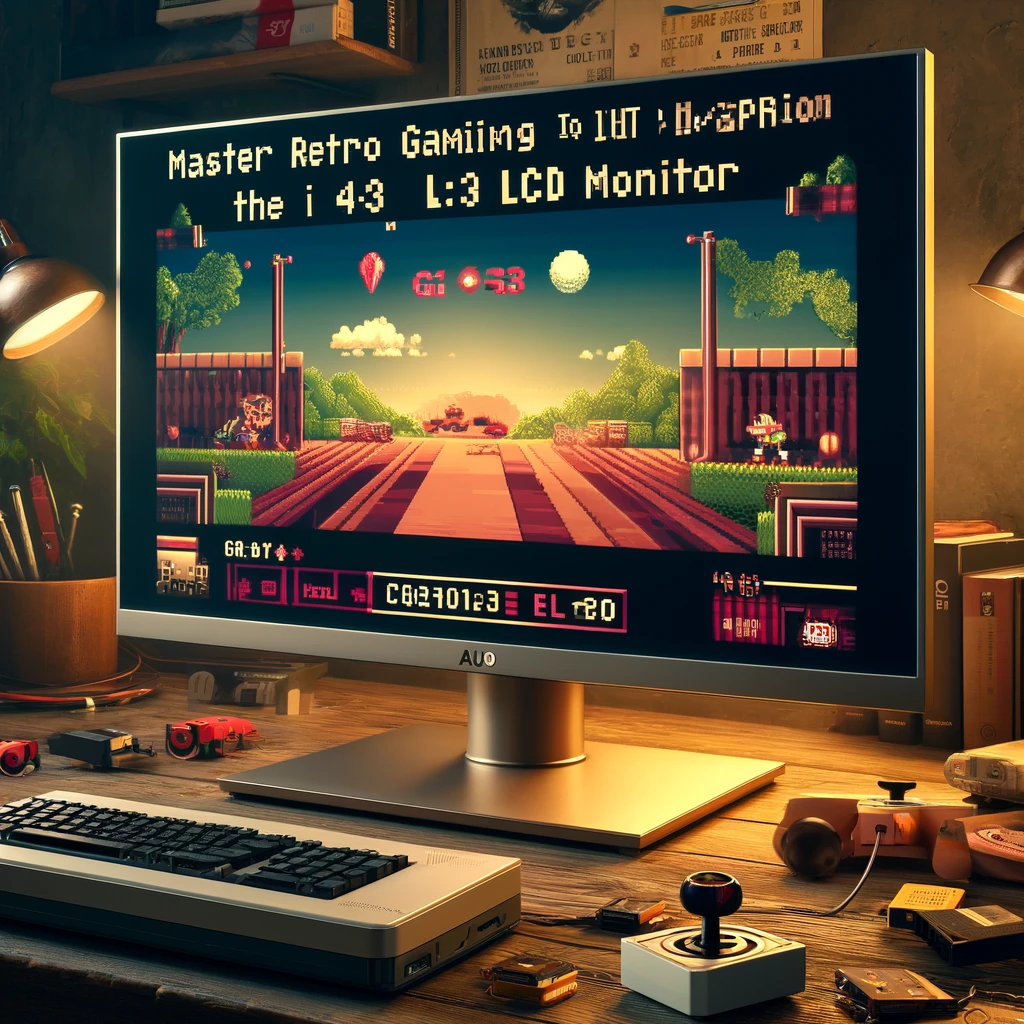 Retro Gaming Revisited: Embracing the Charm with the Right LCD Monitor
Retro Gaming Revisited: Embracing the Charm with the Right LCD Monitor
 Enhancing Vehicle Safety with Advanced Rear View LCD Technology
Enhancing Vehicle Safety with Advanced Rear View LCD Technology
 Seeing Clearly: The Design and Importance of Sunlight Readable LCD Monitors
Seeing Clearly: The Design and Importance of Sunlight Readable LCD Monitors